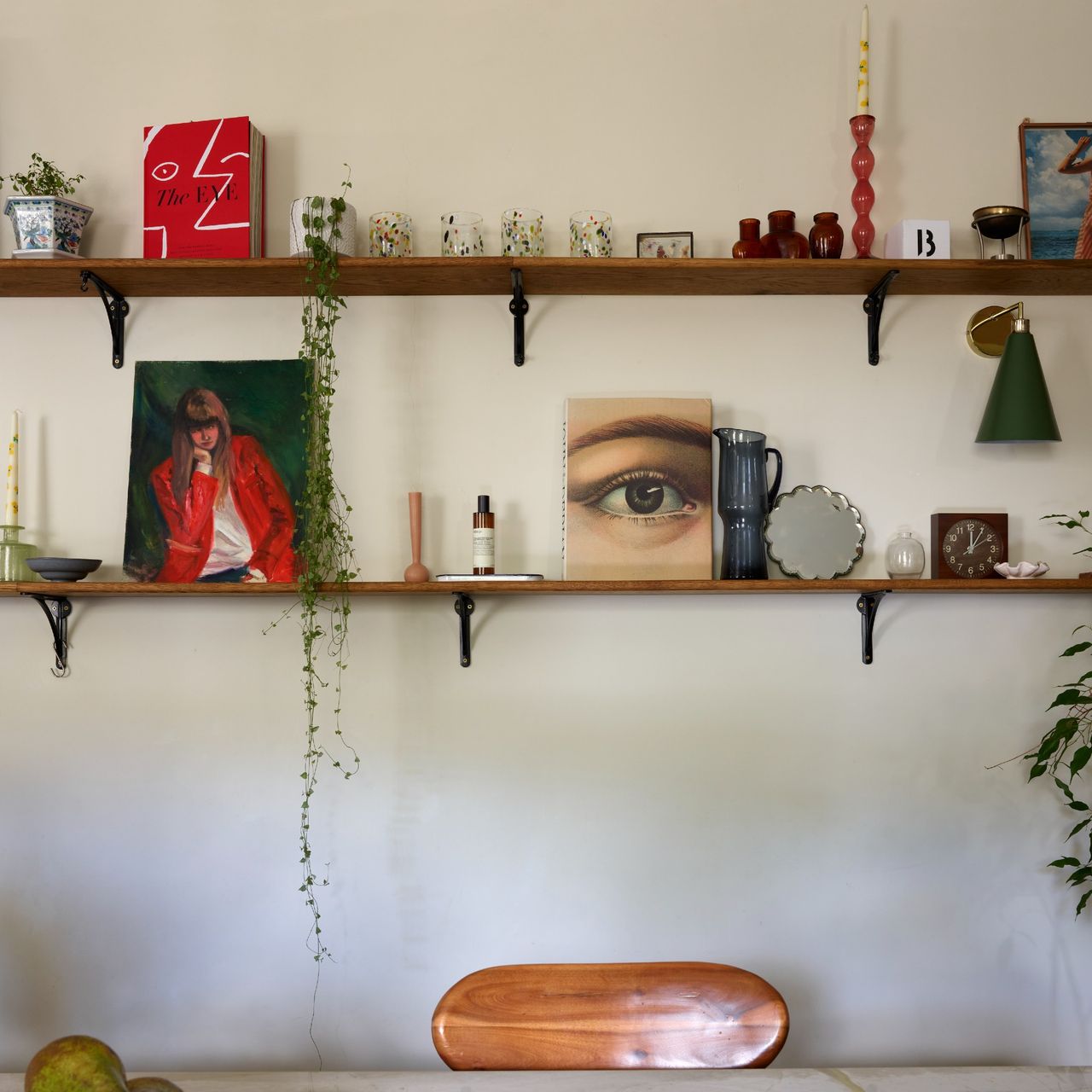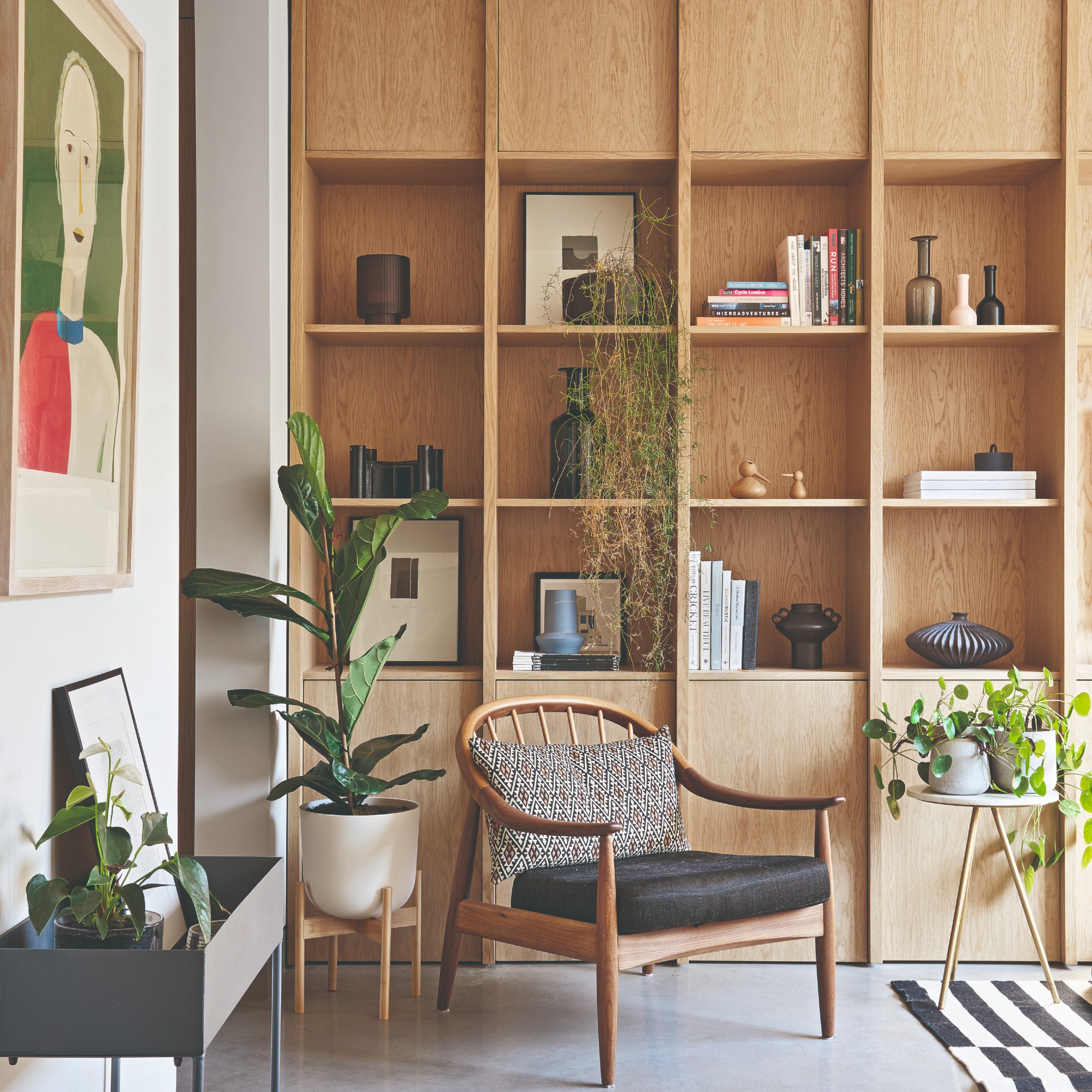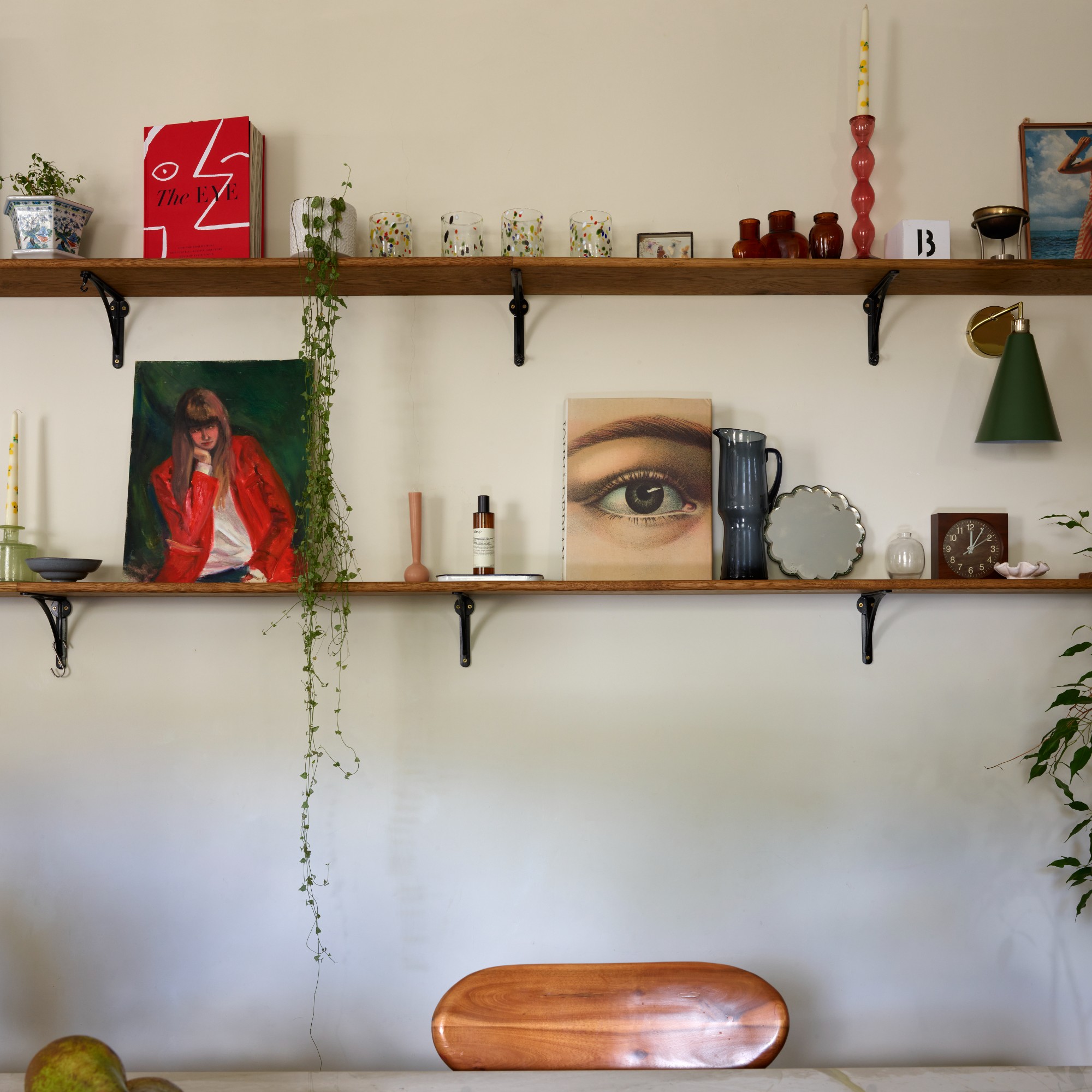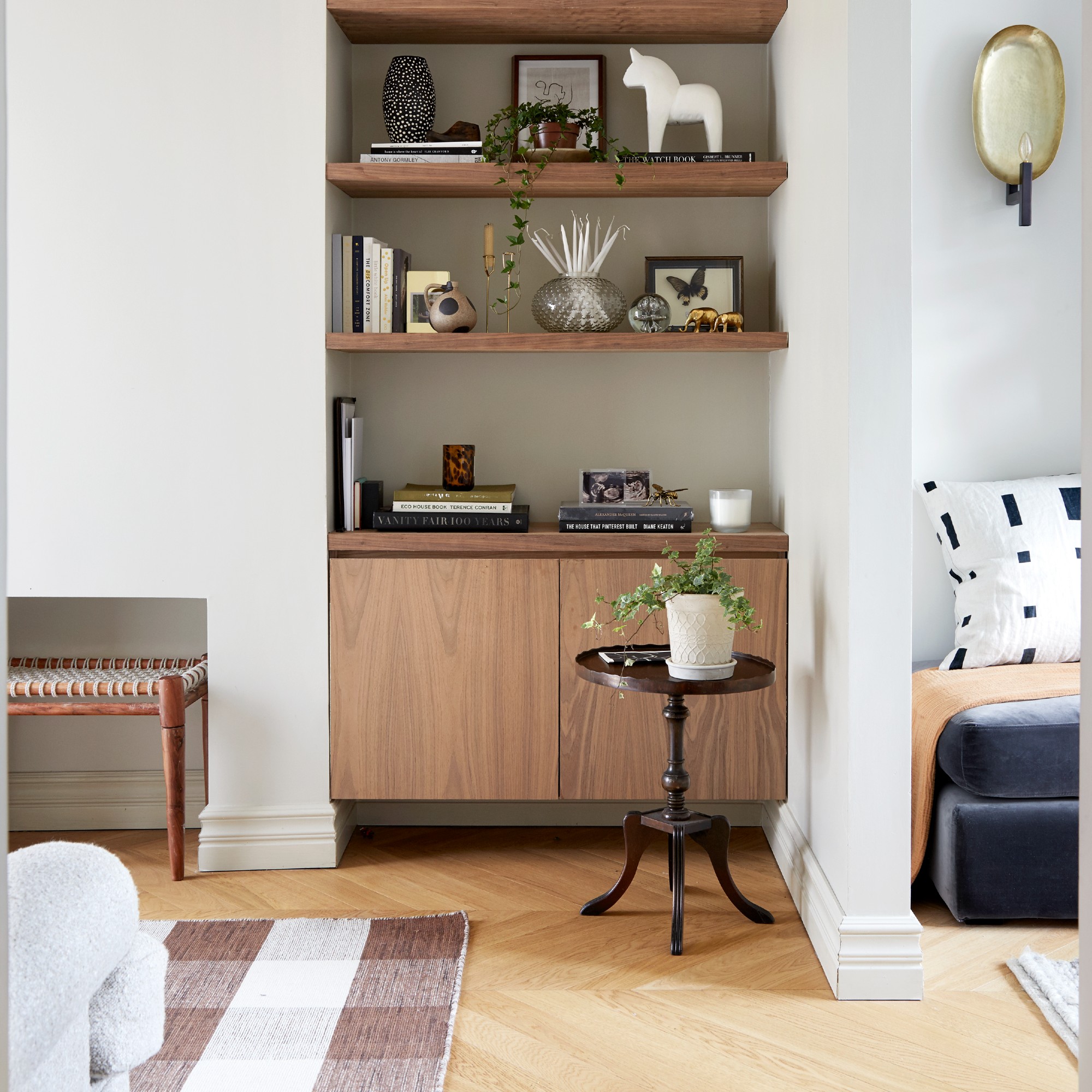
If styling your shelves, mantel and coffee table doesn’t come 100% naturally to you - or even if you could use a helping hand or an easy-to-follow formula - the 3-5-7 styling rule is the expert-approved trick you need to know about.
Also known as the rule of odd numbers, interior designers and stylists alike use it as a guideline for making homes look elevated. Over time, this becomes almost an instinct for pros, like 2:3 rule or the 60-30-10 rule; however, they highly recommend following this rule for anyone unsure about how to decorate or style their own shelves and coffee table.
‘The 3-5-7 styling rule is a useful guideline, especially for those decorating without an interior expert’s support,’ says Chloe Barrow, interior expert at Laura James. ‘I don’t follow the rule religiously in my own work, it’s a brilliant starting point for anyone who feels unsure about how to pull a look together as it can really help guide you to create a space that feels more layered and intentional.’
This is how it works…

What is the 3-5-7 rule?
In essence, the 3-5-7 styling rule is much like the rule of three, only further expanded.
‘It’s a classic trick designers use to create balance and interest when styling surfaces like shelves, mantels or coffee tables,’ says Sam Sutherland, Flitch interior stylist. ‘The idea is that grouping items in odd numbers, three, five or seven, feels more natural to the eye than even numbers, which can look a bit too rigid. It is about creating a rhythm that feels relaxed yet intentional.’
Danielle Le Vaillant, head of photography and film at Cox & Cox, continues, ‘Collating items in groups creates a much more harmonious and cohesive scheme. Massing groups of items in odd numbers – threes and fives in interiors in particular, divides your sight lines to give a more relaxed and less regimented feel. We even purposely group items for sale in threes, such as baskets, planters or bud vases and of course faux flower stems.’

How and where to use the 3-5-7 rule
As already mentioned, the rule of odd numbers is best used on open shelving, whether that’s in the living room or kitchen, as well as on the mantelpiece, a coffee table or even on top of a console table or a sideboard. And it also applies to things like cushions on your sofa, much like the 2-2-1 rule.
‘It works beautifully on open shelving in kitchens or living rooms. Think three stacked cookbooks, a trailing plant, and a ceramic jug to bring texture. It is also great on sideboards: five pieces that vary in height, such as a lamp, a vase, some framed art, and a couple of small accents, create a layered but cohesive look,’ Sam at Flitch says.
But it’s also about what pieces you group together as there needs to be variation in texture and height for the 3-5-7 rule to be successful.
‘Priority should be focusing on creating visual flow with pieces that speak to each other in tone and style,’ Chloe at Laura James says. ‘For example, grouping a few stoneware pieces with candlesticks at different heights, can create dimension and a lived-in warmth that feels well styled. When you vary the height, texture, and proportions of objects, it’s this mix that helps elevate a styled surface from being flat to become full of character.’

My top picks
Here are some of my top picks of things I’d group together in odd numbers on a shelf, a sideboard or the like.
While yo can also opt for a scented candle in a glass vessel or a tapered candle paired with a cool candleholder, this H&M totem-shaped pillar candle is seriously cool - and it comes in two of the most on-trend colours, brown and burgundy.
Marks & Spencer's autumn collection is filled with beautiful finds, and ruffled ceramics are among the standout pieces - this frilled vase would look perfect on a shelf or a sideboard.
When it comes to petite art, you pretty much can't beat vintage finds. But I love this Etsy seller's vintage-style take on current trends like a bow dinner candle, only painted in oil and in a vintage frame.
The Roberts Revival Petite radio and bluetooth speaker is made to decorate shelves with its elegant retro design, which is why it comes in so many different colourways.
Whether you want to learn more about how to style and decorate your home and how to quite literally arrange things or want a pretty coffee table book to decorate your shelf or coffee table with, this one by interior stylist Colin King is the one.
A trinket tray or a dish like this one is the perfect thing to add when styling shelves as it can hold smaller items like meaningful jewellery or even a few stones and shelves collected on holiday.
As with any interior design rule, don’t take it as gospel. Especially once you feel confident enough creating stylish arrangements around your home, you likely won’t even need to follow this rule, rather it will be an instinctive process. ‘Sometimes I will break it deliberately. For example, with a pair of candlesticks, to give a more formal or traditional edge,’ Sam at Flitch concludes.







